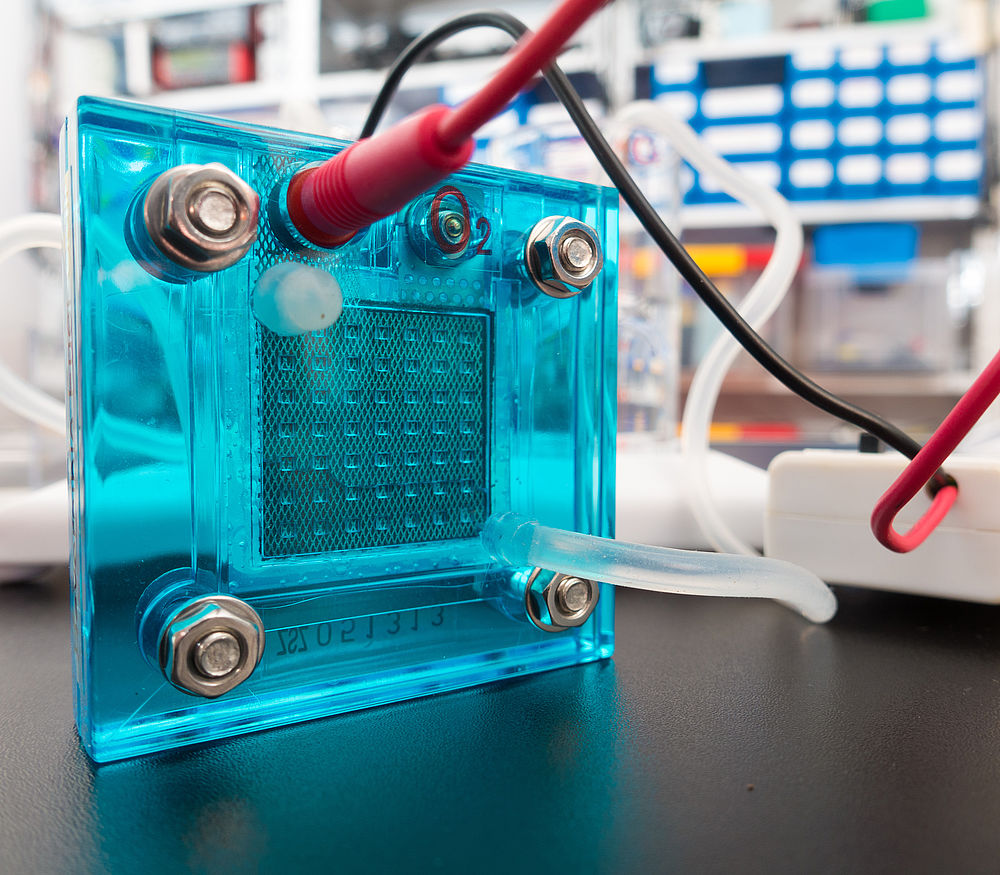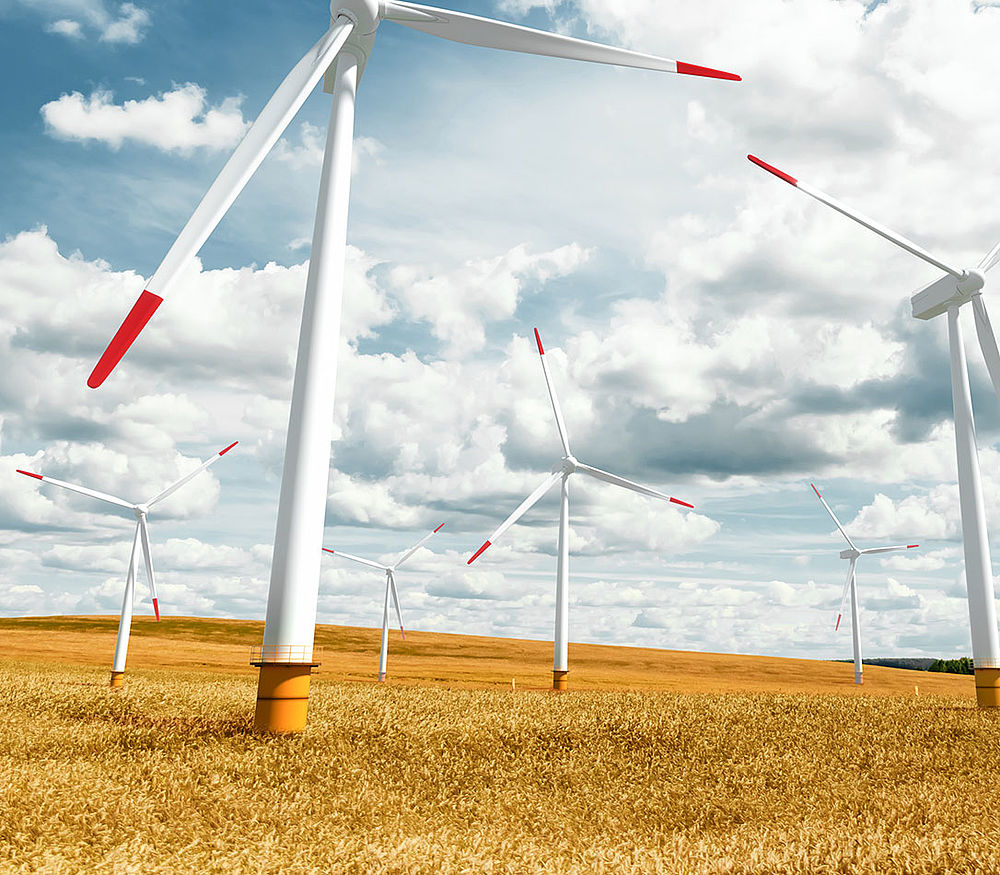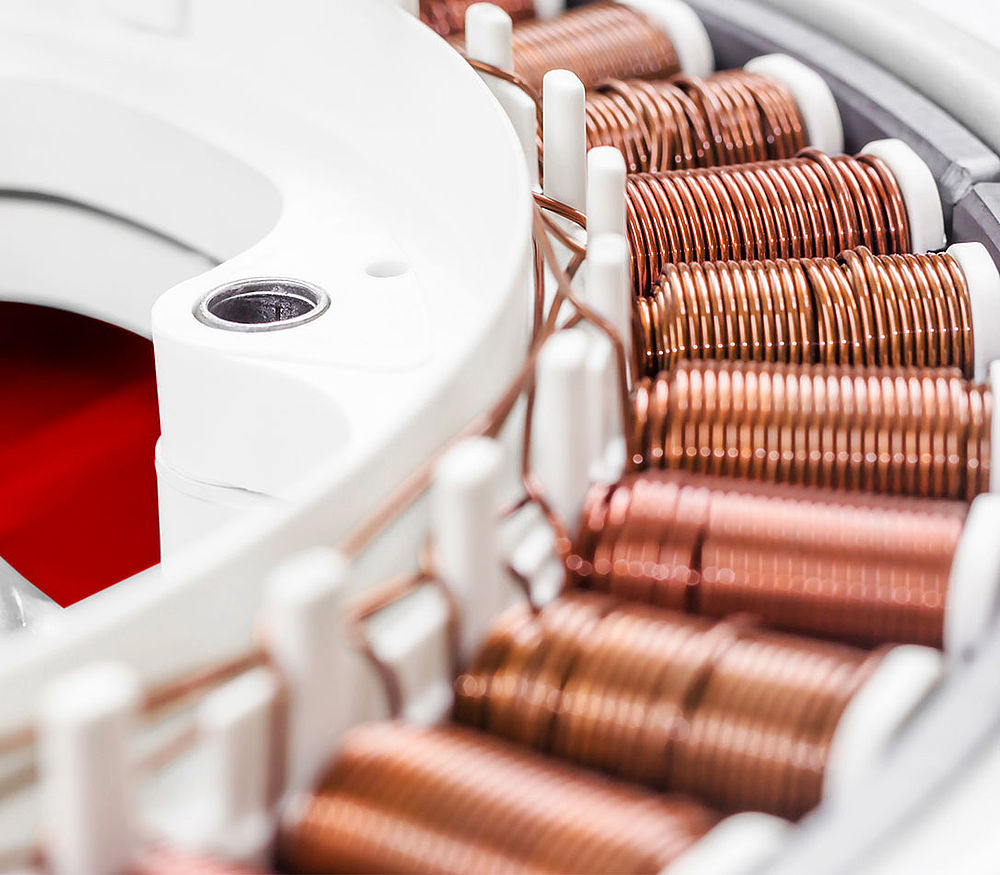Growing significance of the EU railway standard
When it comes to the safety of passengers and personnel, use of the final product and individual components in railway technology involves the strictest demands along the entire manufacturing chain. In addition to the heat which is created, the greatest threat in a burning train is smoke and the associated toxic gases. The regulations in DIN EN 45545 must be observed to detect and evaluate any hazard potential at an early stage.
SynFlex understands the needs of the rail industry very well and, in addition to knowledge of how to approach the standard, also offers suitable material and support when it comes to the selection and approval of components. Through this, we support our customers in their endeavours to ensure greater safety in rail transport.
The current EN 45545-2:2013 railway standard describes the uniform fire protection requirements, which apply throughout Europe, for all materials used in the construction of rail vehicles, both interior and exterior. The requirements governing the burning behaviour of such materials and components are particularly strict in this environment, which is why tests in the railway standard concentrate on the smoke development associated with materials in the event of fire and the health risk posed by the gases released as a result of thermal degradation.
In addition to SynTherm® YT510 aramide paper which, in the composite material structure typical to the application, meets the specifications of requirement sets R22, R23 and R24 of hazard level HL3 and, consequently, its interior and exterior use is unrestricted, other product groups and material combinations are also continually tested for compliance with railway standards.
With an R23 classification and HL2 in the case of type W210 enamelled copper wires, SHWire also meets the requirements of our customers who already supply the rail industry (e.g. YT aramid paper). SHWire wires are therefore the only ones on the market verified to meet the required safety standard for use in the rail industry.
The polyester resin XL-2102 from Dolph’s is a further example of a consistent extension of the railway standard to encompass other SynFlex product areas. This liquid chemical product has been verified according to the requirements of EN 45545-2. Thanks to its excellent technical properties and uncritical behaviour under these extreme test conditions, this product also meets the requirements of categories R22 and R23 with classification pursuant to HL3.
These are just three examples of how a large number of our customers already view the significance of current European railway standards. This acts as an incentive for SynFlex to certify increasing numbers of products from our diverse Group portfolio, making them suitable for use in rail vehicles. Our project managers and, of course, the sales department are more than happy to be of assistance at any time if you have any specific questions regarding rail vehicles.



















